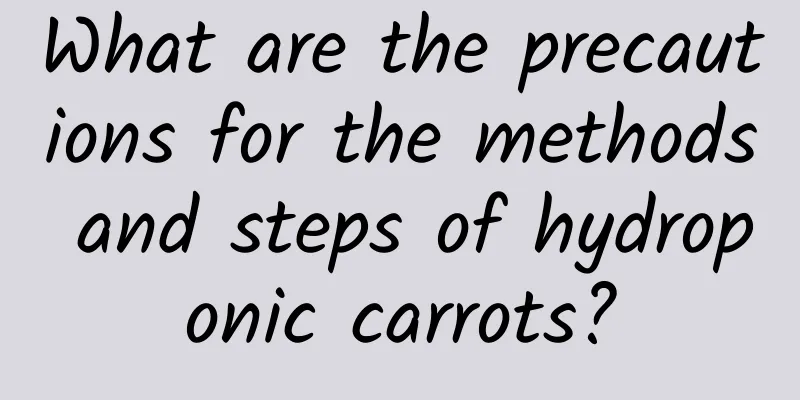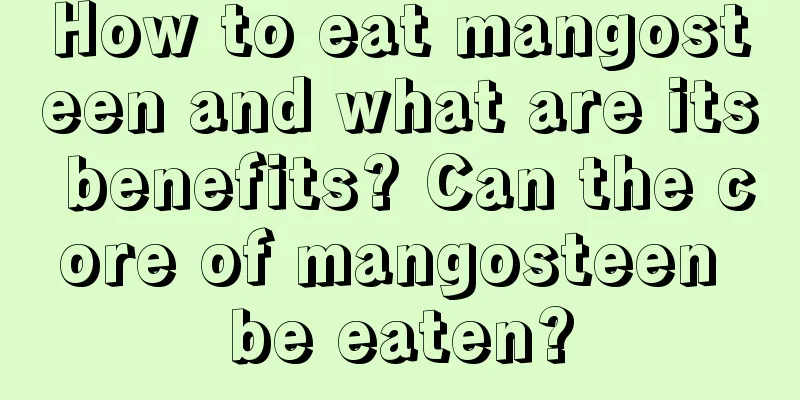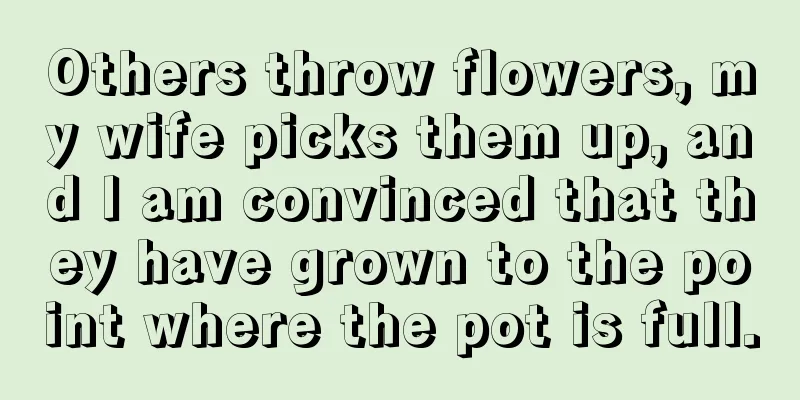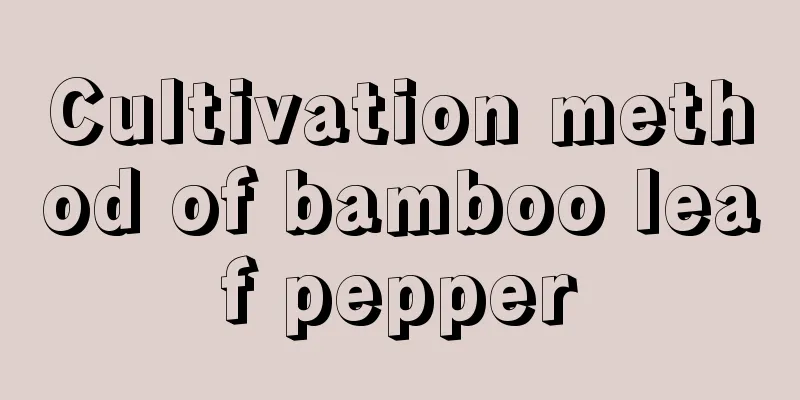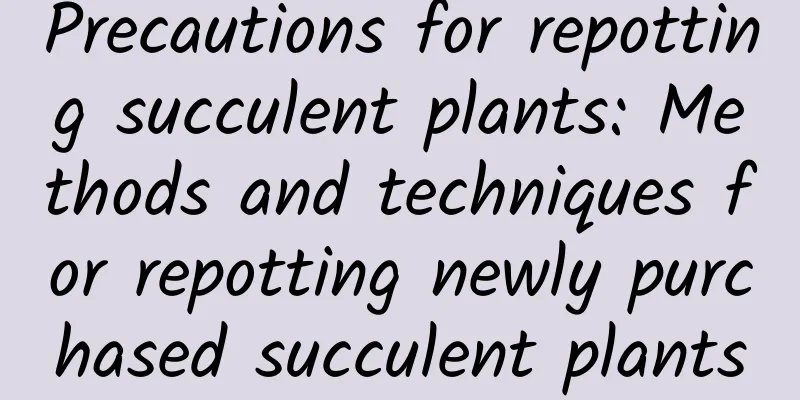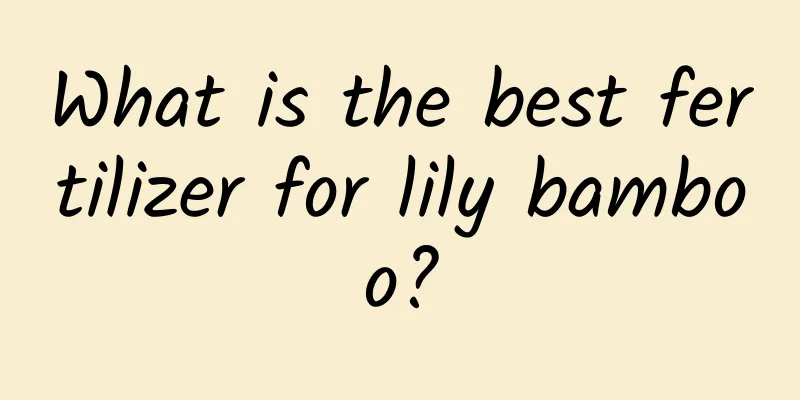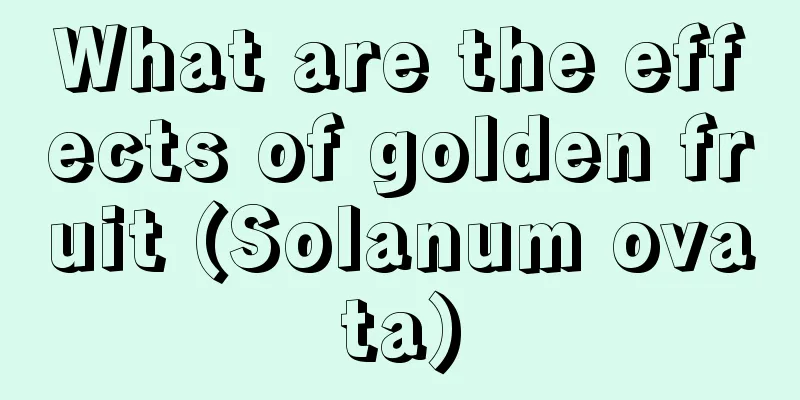Which potassium fertilizer is the best (what is the best potassium fertilizer commonly found on the market)

|
Potassium fertilizer is the most important fertilizer among the macroelements we usually use. Potassium fertilizer is generally used in the middle and late stages, and can be combined with phosphorus fertilizer to make the fruit sweeter and more colorful, and mature faster. So what kind of potash fertilizer is the best? In fact, it mainly depends on the crops (such as watermelon, rice, sweet potato, corn, peach, etc.), the time and method of use to determine what kind of potash fertilizer is the best. Today, I will explain to you the reasonable use of potash fertilizer. There are only a few types of potassium fertilizers commonly used in the market, such as potassium chloride, potassium sulfate, potassium nitrate, potassium dihydrogen phosphate, potassium phosphite, etc. 1. Potassium chloridePotassium chloride is the cheapest in terms of price, and it is also very water-soluble, making it the most suitable for field use. Because the salt content in potassium chloride is too high, and most fields have been through rainforests, and have good salt tolerance, using potassium chloride is the most cost-effective. 2. Potassium sulfatePotassium sulfate is generally used on cash crops and is slightly more expensive than potassium chloride. Generally speaking, the price of one ton of potassium sulfate is about 200 yuan higher than that of potassium chloride. However, potassium sulfate is an acidic fertilizer, and its large use will also cause soil acidification and poor root absorption. 3. Potassium nitratePotassium nitrate is highly soluble in water and is generally suitable for use as topdressing, but the nitrate nitrogen content in potassium nitrate is too high, at 13.5%. Although the potassium fertilizer content of 46% is already very high, the large-scale use of potassium nitrate will cause the fruit to expand rapidly in the early stage, but it will be difficult for the fruit to color in the later stage. This is also the biggest disadvantage of potassium nitrate. When using potassium nitrate, a small amount can be used in the early stage for coloring crops, but it is not recommended to use potassium nitrate in the later stage of maturity. 4. Potassium dihydrogen phosphateThere are many ways to use potassium dihydrogen phosphate in agriculture. Most of them are mainly flushing and foliar spraying. Potassium dihydrogen phosphate has a high content of both phosphorus and potassium fertilizers. Potassium dihydrogen phosphate contains 52% phosphate fertilizer and 34% potash fertilizer, which is also a water-soluble fertilizer. However, the dissolution of potassium dihydrogen phosphate has a certain saturation, and it requires a lot of water to dissolve, and the dissolution time is slow. The best fertilizer on the market now is flash-soluble potassium dihydrogen phosphate, which is expanded potassium dihydrogen phosphate. This kind of fertilizer is more soluble in water and easier to be absorbed by the roots. 5. Potassium phosphitePotassium phosphite is an emerging fertilizer in recent years. Since the trivalent phosphorus in potassium phosphite has a bactericidal effect when converted to pentavalent phosphorus, it has certain benefits for plant disease prevention. However, the conversion rate of phosphate fertilizer is low, and the utilization rate of phosphate fertilizer is low. When using potassium phosphite, you must pay attention to the temperature problem. Too high temperature is prone to phytotoxicity. As for the small amount of potash fertilizers we encounter during the planting process, such as organic potassium, potassium carbonate, potassium polyphosphate, potassium pyrophosphate, etc., they are rarely used under normal circumstances, so I will not explain them one by one today. You should choose the potash fertilizer that suits you according to your plants and usage. |
Recommend
Litchi planting conditions and climate and environmental requirements in the planting area
Introduction to Lychee Litchi, also known as Lizh...
The Flower Language and Legend of Trumpet Creeper
The flower language of trumpet creeper The flower...
How long does it take for orchids to acclimate after being repotted in autumn? Can they not be exposed to light during the acclimatization period?
1. How long does it take to adapt to the basin? G...
How to grow Jade potted plants
Maintenance tips for Jasper potted plants Jade po...
The efficacy and function of strawberries. Can pregnant women eat strawberries?
1. Efficacy and Function 1. Strengthen the stomac...
What to do if mint grows too tall
Why is mint easy to grow taller? Mint grows very ...
Saffron planting conditions and growth environment requirements
Introduction to Saffron Saffron has very high med...
How to grow violets in water
1. Can it be raised in water? Violets are usually...
Cultivation method of Ligustrum lucidum
1. Soil Ligustrum lucidum prefers relatively fert...
How to plant roses to make them bloom more (make potted roses grow better and bloom more)
It is not difficult to grow roses at home. You on...
Reasons and solutions for yellowing leaves of Brazilian wood
The Brazilian iron tree, also known as the Brazil...
Reasons and solutions for freesia not blooming
Freesia, also known as freesia, is a typical autu...
How many kilograms of watermelon are normally produced per mu? How to increase the yield?
Watermelon yield per mu The yield of watermelon p...
How to water the cactus
Preparation for watering the cactus tool When wat...
When is the best time to take cuttings of Begonia chinensis?
Cutting time of bamboo begonia Bamboo Begonia can...
